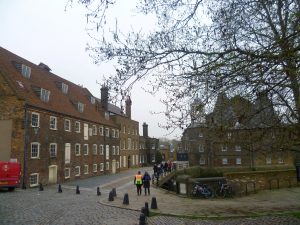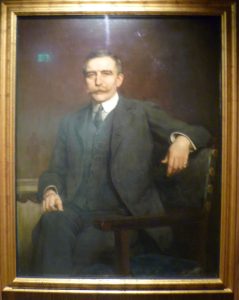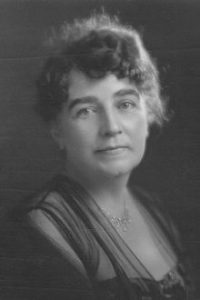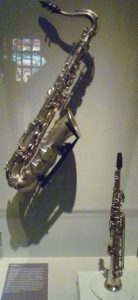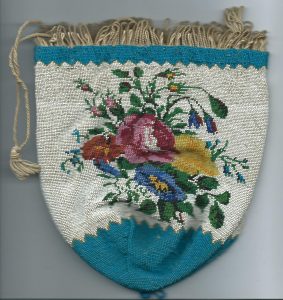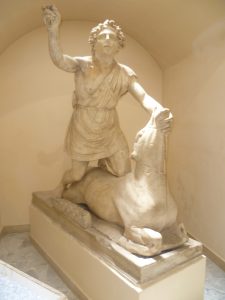Sometimes, things go wrong in life. You lose people you love; someone close to you becomes ill – or you do; things don’t work out at work, and so on. Add a couple of small things, like your kitchen tap developing a persistent drip, or realizing that you still haven’t made that difficult phone call, and, suddenly, you are in a bad place.
This is when you need a personal oasis; a place that’s safe and quiet and not too far away; somewhere you can just be.

Moroccan rose bath oil and scented candle
Continue reading St Martin-in-the-Fields: Oasis for the Soul
Please share this page...
